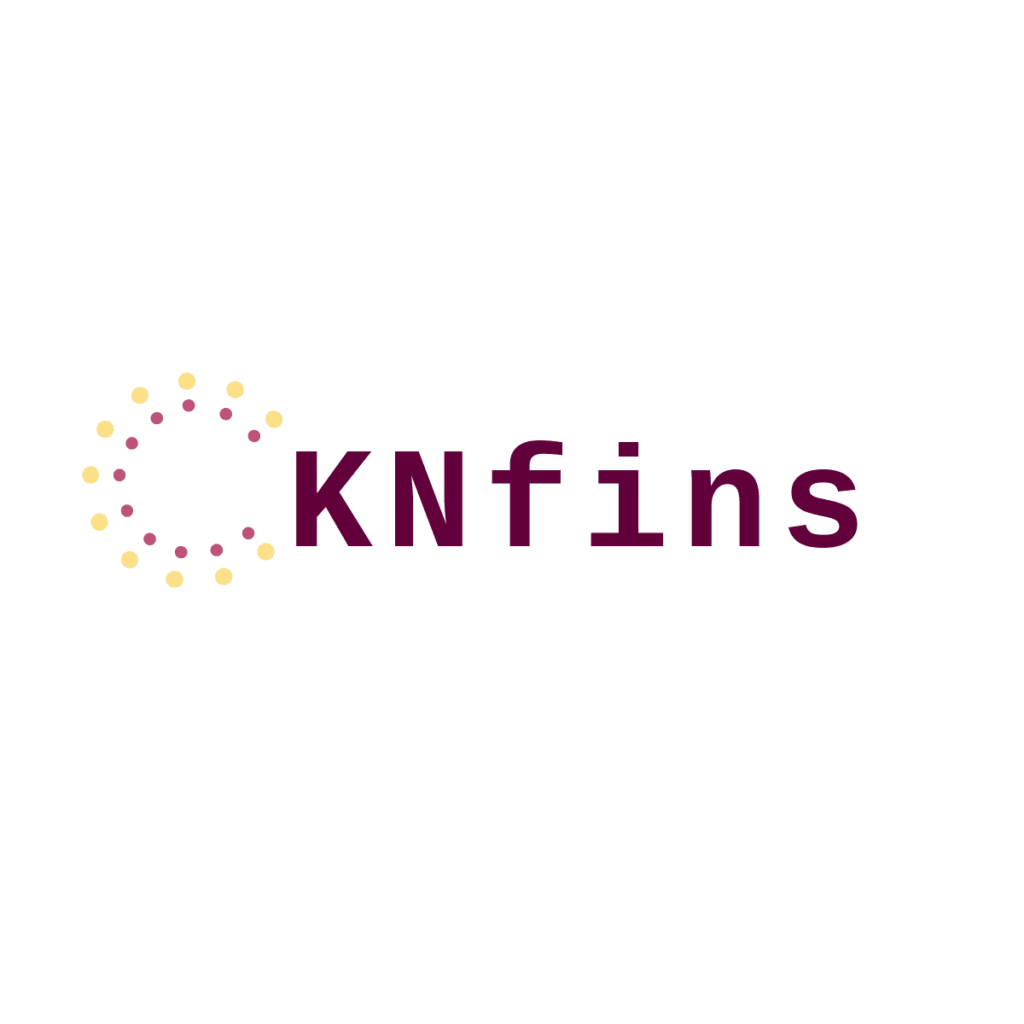Oil prices experienced a dip on Monday, attributed to the reduction in Middle East threats and the expected production increase by the OPEC+ alliance in August. Despite this temporary setback, oil prices managed to recover later in the month, thanks to various factors at play in the market.
The previous week witnessed a significant drop in Brent and U.S. crude oil benchmarks, marking their most substantial decrease since March 2023. However, by the end of the month, both benchmarks managed to register gains for the second consecutive month, with Brent rising by 6% and U.S. crude by 7%. Brent futures expired at $67.61 on Monday, showing a minimal decrease of 0.2%, while the more active September contract closed at $66.74. Meanwhile, West Texas Intermediate crude fell by 0.6% to $65.11.
The recent conflict between Israel and Iran, which resulted in an attack on Iran’s nuclear facilities, had initially driven oil prices above $80 a barrel. However, the situation quickly de-escalated, leading to a gradual decline in oil prices back to the $67 mark. John Kilduff, a partner at Again Capital, stated that the ceasefire between the two nations seemed to be holding up, resulting in the rapid withdrawal of the supply risk premium from the market.
According to the Energy Information Administration’s Petroleum Supply Monthly series, U.S. crude oil output reached a record high of 13.47 million barrels per day in April, a slight increase from the previous month. This surge in production has contributed to the market’s overall supply capacity, further influencing the fluctuations in oil prices.
The OPEC+ alliance’s decision to increase production by 411,000 barrels per day in August has raised concerns among analysts regarding the potential impact on price stability. Despite the incremental rises in output observed in May, June, and July, the overall supply pressure remains a key factor affecting the market sentiment. Ole Hansen, a commodity strategist at Saxo Bank, believes that the current pricing of crude oil fails to adequately account for the potential vulnerabilities that come with increased supply.
Looking ahead, the OPEC+ producers are scheduled to meet again on July 6 to discuss further production adjustments. Giovanni Staunovo, an analyst at UBS, noted that market pressures persist despite the proposed output increases, indicating the ongoing challenges faced by the oil industry in balancing supply and demand dynamics.
A recent report by Reuters highlighted a mixed trend in OPEC oil output for the month of May, with some nations exceeding their production limits while others adhered to the agreed curbs. Saudi Arabia and the UAE, two prominent members of the alliance, reportedly increased their output by lesser margins than authorized, signaling a cautious approach to managing the market fluctuations.
In light of these developments, Kazakhstan has emerged as a key player in the OPEC+ equation, with plans to enhance oil production at its major Caspian oilfields. The country’s decision to boost output by 2% this year showcases its commitment to align with the alliance’s production targets, ultimately influencing the global supply dynamics.
Looking ahead to the future, economic experts and analysts predict a modest increase in average oil prices for both Brent and U.S. crude by 2025. With projections indicating a potential rise in average prices, the market sentiment remains cautiously optimistic, considering the various geopolitical factors and production decisions shaping the oil industry’s trajectory.

